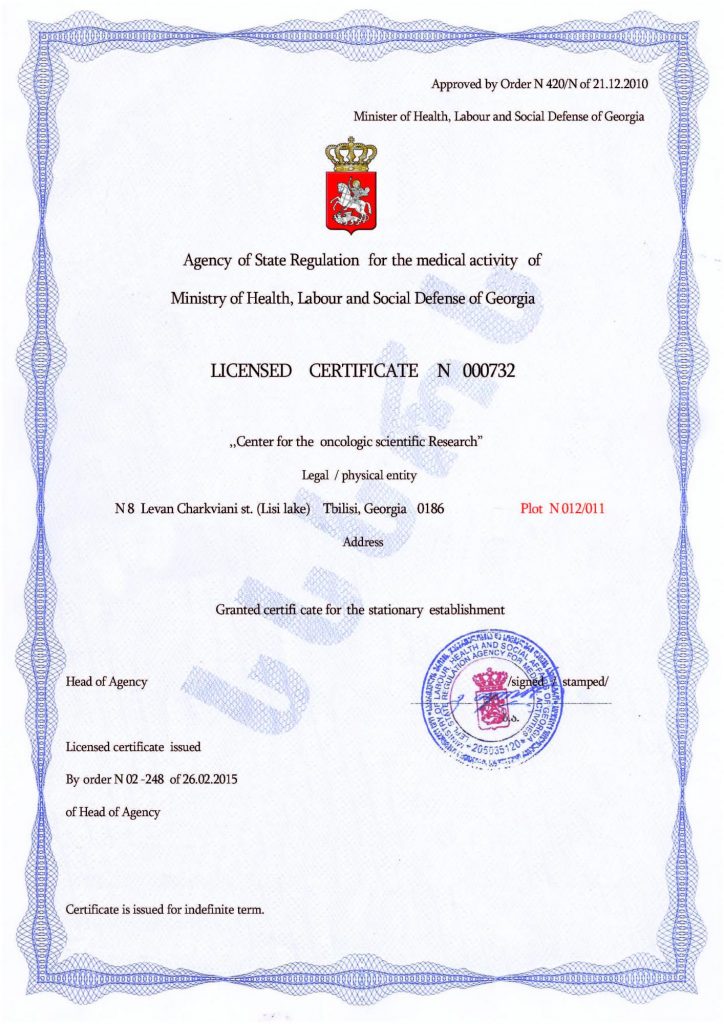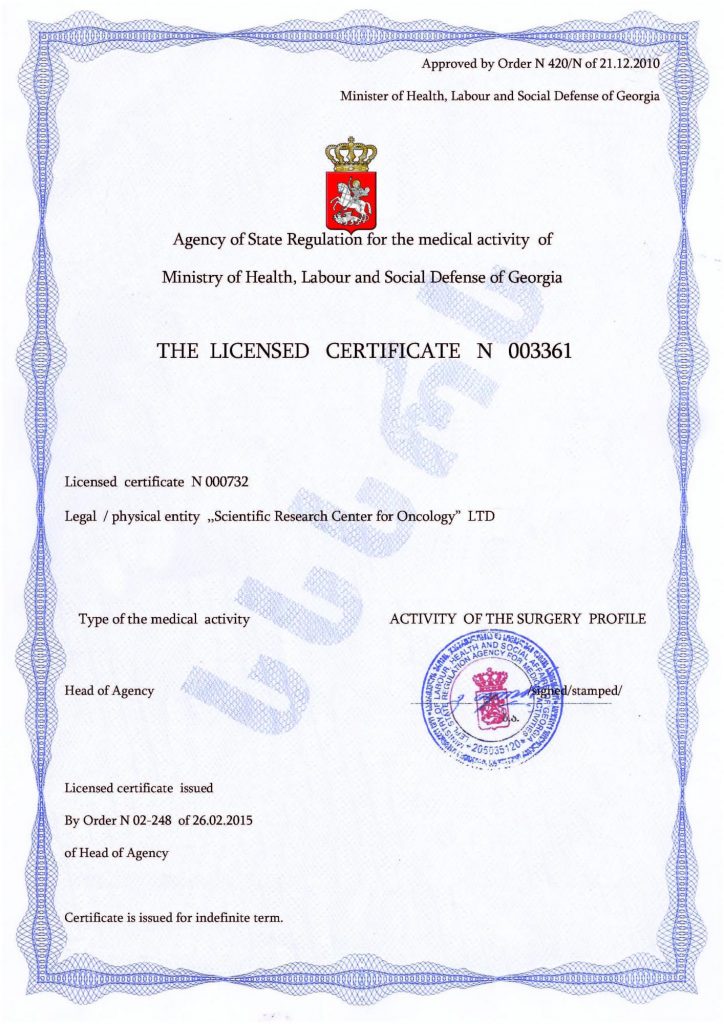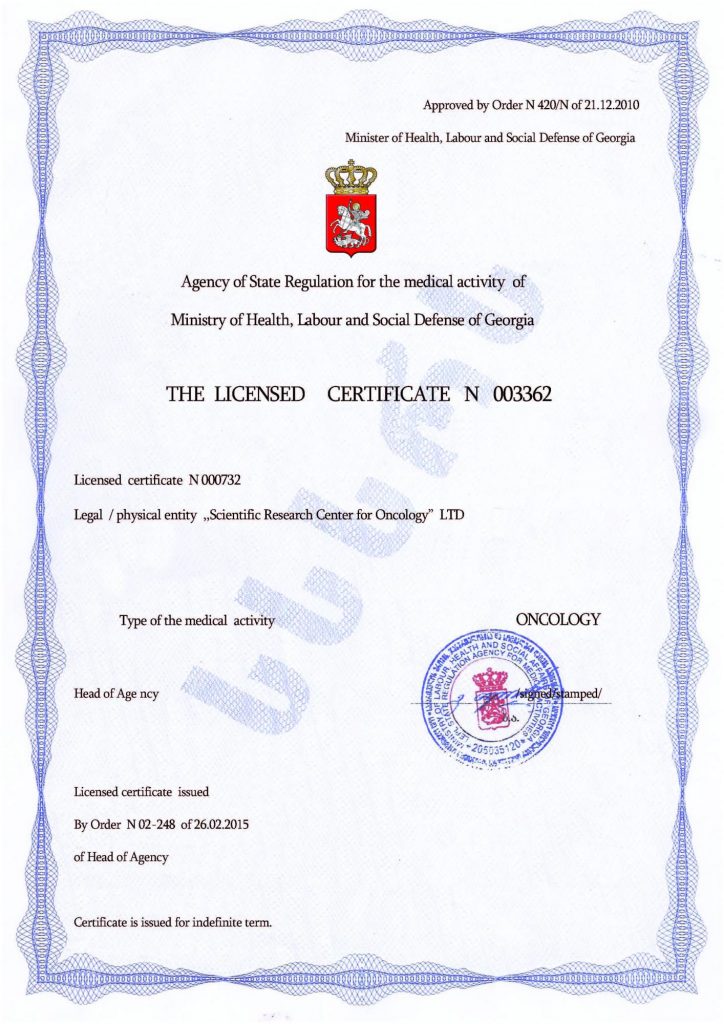Hand Care for Autistic Individuals: It All Depends on Habit
Autistic individuals may feel lost or experience fear in many situations that others perceive without any issues. One such situation is nail trimming, which can be a challenging task due to sensory sensitivity, fear of the tools, or disrupted perception of body boundaries. Therefore, this process needs to be adapted, and the adaptation should be gradual and step-by-step.
- Preparatory Stage
There are several tasks to address in the preparatory stage:
- Understand the reasons for fear — the child may be equally afraid of potential pain, the sound made by the scissors, the vibration of the nail trimmer, or the sensation of touch.
- Choose the tool — scissors, nail clippers, or an electric nail file (which provides a gentler experience).
- Make nail trimming part of the daily routine — doing it at the same time and place each time can reduce anxiety.
- Explain the process — using illustrated stories or pictures, demonstrate the sequence of actions.
- Sensory Adaptation Stage
The sensory adaptation stage is also crucial:
- Start by practicing on a toy — let the child trim a doll’s nails to get familiar with the process.
- To reduce sensitivity, hold hands in warm water before trimming (the softer the nails, the less pressure is needed). Plus, it’s just pleasant.
- Distractions such as cartoons, favorite music, or a beloved toy can also play a helpful role.
- It’s important to allow the child to control the process — if they can, let them try trimming their nails themselves or at least offer their hand.
- Nail Trimming Process
When trimming nails, follow these rules:
- The process should be gradual — start with one nail, then try two the next time, and so on. This is important to avoid overwhelming the sensory system and to build the habit.
- Movements should be slow and gentle, and when using clippers, try to avoid sharp snapping sounds.
- Positive Reinforcement
As with many other tasks, positive reinforcement is important for good behavior — offer a treat or praise. If the child refuses, show patience and do not insist. Try again in a day or two using a different method. The key is not to make the process forceful to avoid negative associations.
Addressing the Root Cause of the Issue
It’s important to remember that these “whims” are actually linked to autism, and therefore addressing the root cause plays a significant role in simplifying the child’s life. Among the many ways to solve this issue, cell therapy has proven to be the most effective — a modern, safe method with almost no contraindications.
Cell Therapy for Autism
A distinguishing feature of cell therapy is the natural process of overcoming autism and its symptoms — this happens through the transplantation of the patient’s own stem cells. Once transplanted, these cells transform and replace damaged cells, leading to the normalization of brain and nervous system activity. This process makes other corrective measures more effective, and the result is long-lasting, often even permanent. The outcome includes stabilized behavior, improved cognitive abilities, development of social skills, and more.
Cell therapy’s unprecedented potential has been highly valued — it’s used in leading clinics worldwide, including the Mardaleishvili Medical Center. The center’s doctors have extensive successful experience in using stem cell transplantation to treat autism and its symptoms, aided by the most modern high-tech equipment. The cost of services is lower than in other countries with advanced healthcare systems, and help with travel planning, accommodation arrangements, and other aspects is also available.
Take advantage of cell therapy — a chance for a full life!
Autism Treatment Center Videos
Autism treatment with own stem cells
Cord blood association congress
International Quality Crown
Autism Treatment Reviews
Autism treatment with own stem cells
The story of Alessandro (6 years old)
Autism Patient Testimonial - Stem Cell Treatment
Clients Testimonials
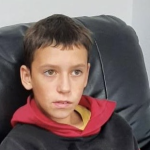
Feedback from Igor, David’s father (12 years old) Read More
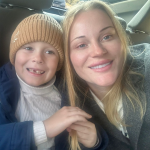
Feedback from Olga, Fedya’s mother Read More
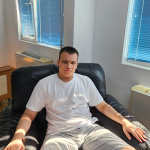
Feedback from Natalia, Radomir’s mother (15 years old) Read More
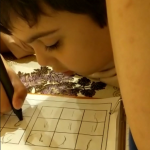
Feedback from Esther, Samuel’s mother (8 years old) Read More
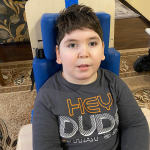
Feedback from Abibe, Selim’s mother (7 years old) Read More









